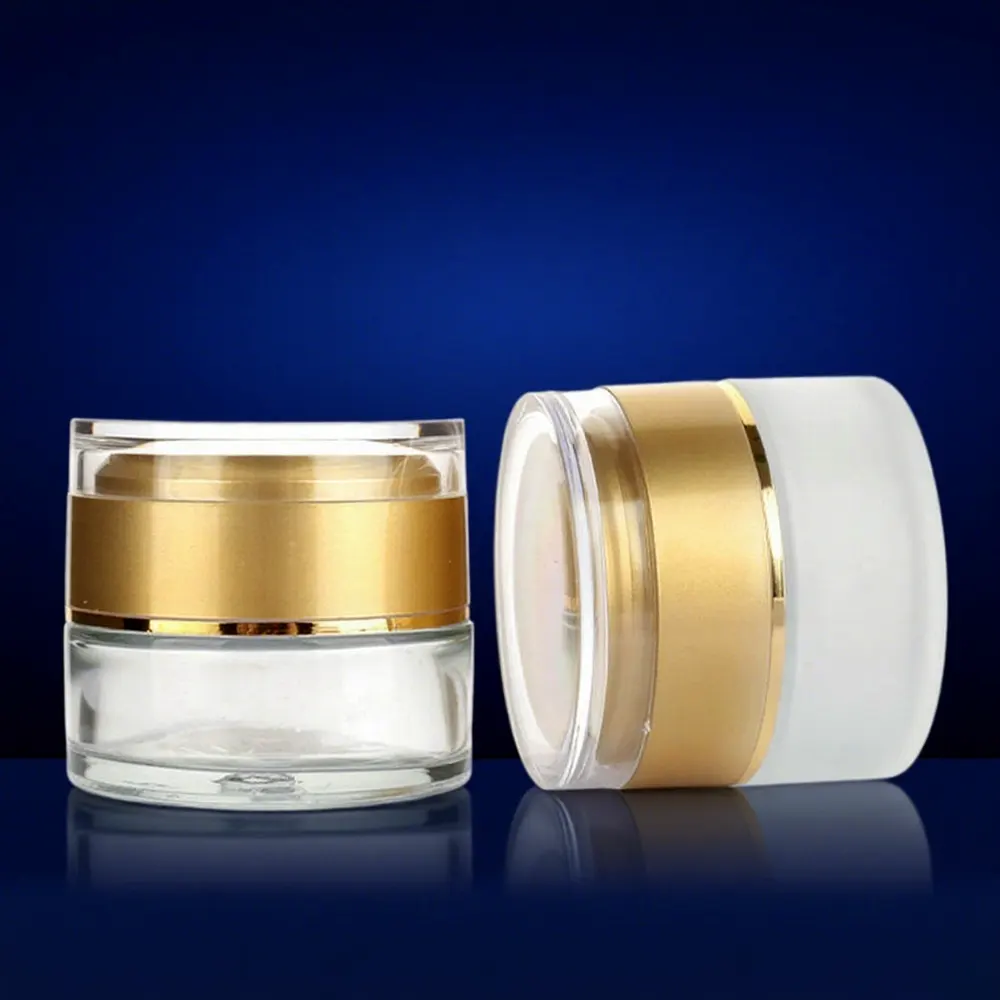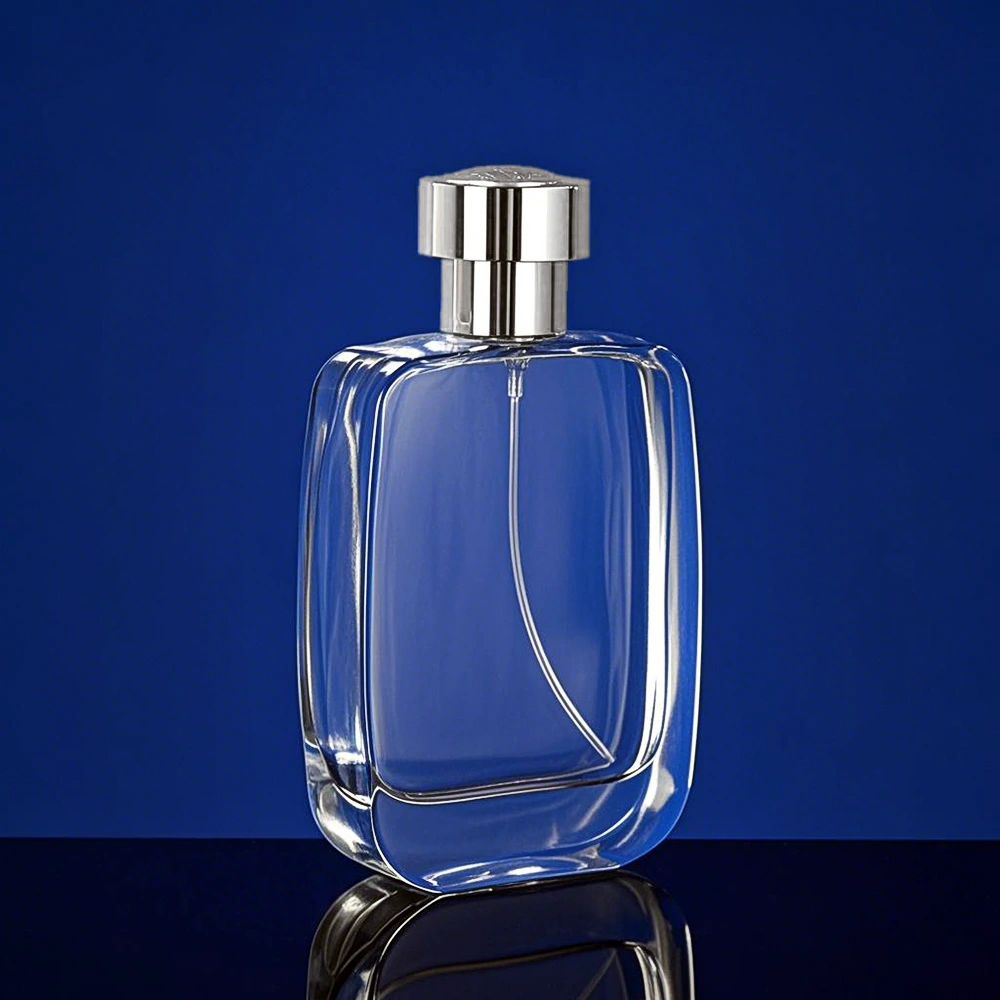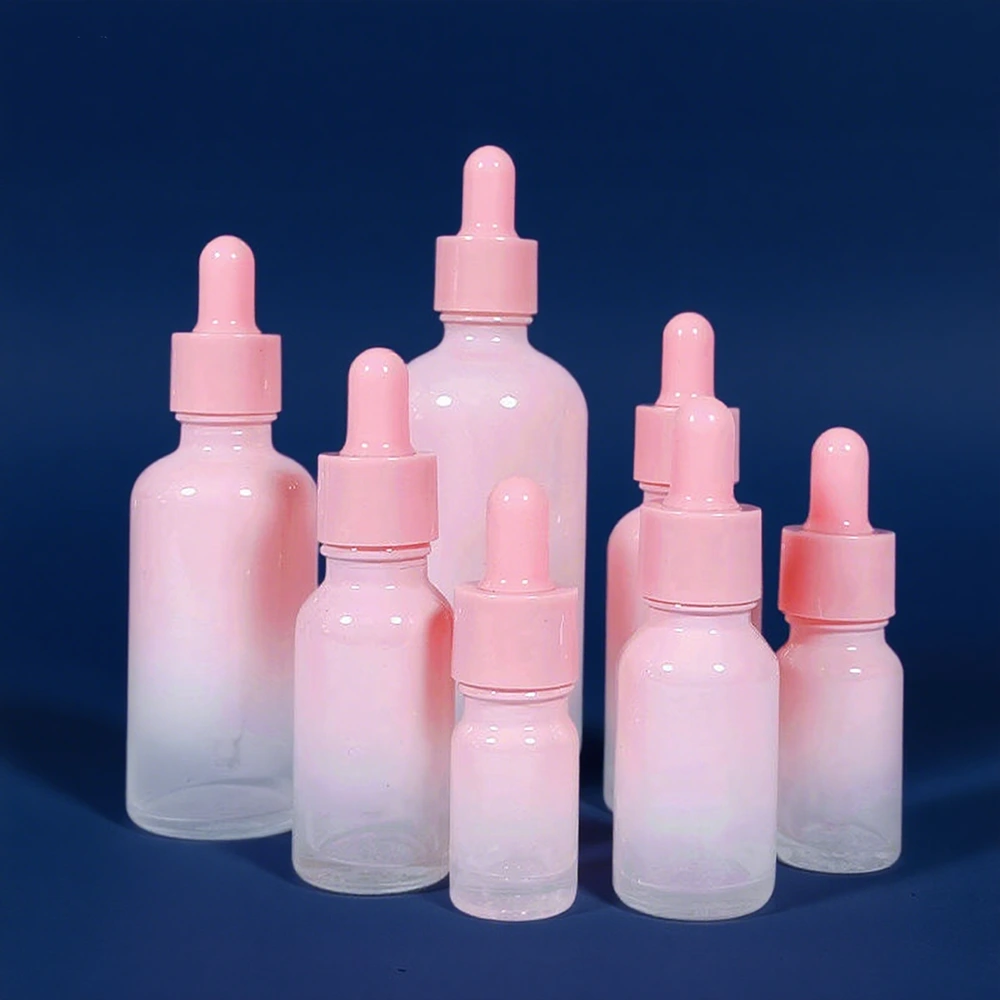
How to Source Glass Roller Ball Bottles in Bulk?
Table of Contents
Introduction
When purchasing glass roller ball bottles in bulk, it is essential to prioritize specifications, compliance, and supply chain management to avoid issues such as product mismatch, cost overruns, and compliance risks. This guide—from basic selection to future trends—will help you navigate the entire procurement process in clear, practical terms, enabling you to establish a stable and efficient supply channel.
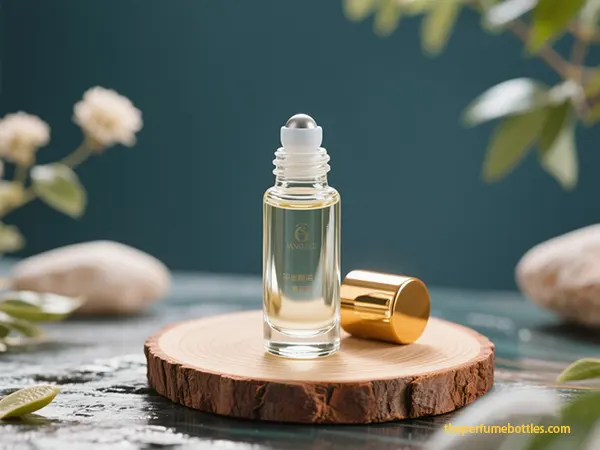
Get Free Samples
1. How to Determine the Core Specifications of Glass Roller Ball Bottles?
Choosing the right specifications is the first step in bulk purchasing. Focus on the glass type, roller ball material, and cap gasket, as these three factors directly impact product preservation and user experience.
1.1. Glass Type: Choose a Color Based on "Light-Blocking Requirements"
Different glass colors have significantly different light-blocking capabilities, so choose according to the contents:
- Amber glass: Top choice! Blocks most UV rays and is particularly suitable for essential oils and CBD oils, preventing spoilage and extending shelf life.
- Cobalt blue/green glass: Less light-blocking than amber, making it suitable for light-sensitive liquids (such as regular perfume and carrier oils).
- Clear glass: Beautiful but offers little light blocking, so it should only be used for short-term products or products that can be stored in a dark place (such as samples).
- Frosted glass: Feels good but hides remaining volume. Choose glass that is naturally colored, not painted—the paint can easily fall off and contaminate the contents.
Also, choose glass with uniform wall thickness and no bubbles to prevent breakage during transport and avoid chemical reactions with the contents.
1.2. Roller ball Material
Stainless steel offers the best value. Thee roller ball is key to user experience; choosing the wrong material can lead to leaks and jams.
- Stainless steel roller balls: Best value! Durable, smooth, and non-reactive with essential oils and medications, they have a low leakage rate and are suitable for long-term use.
- Glass roller balls: They have a nice texture but are slightly brittle, making them suitable for applications requiring an all-glass, no-metal feel (e.g., for sensitive medications). However, be careful not to drop them.
- Plastic roller balls: They are the cheapest, but not recommended. They are prone to deformation and sticking. Prolonged contact with oily substances may also release impurities, affecting product quality.
Also, pay attention to the fit of the roller ball to the bottle—large gaps will definitely lead to leaks. It’s best to test the roller ball with a sample before purchasing.
1.3. Bottle Cap Gasket: Select a compatible material based on the "Contents"
Gaskets provide a seal and must be compatible with the contents; otherwise, leakage will occur and the shelf life will be shortened:
- LDPE conical gaskets: Specifically designed for essential oils and corrosive liquids, providing the best seal and leak-proofing.
- PE foam gasket: Suitable for normal aquatic fluids (such as toner and thin perfume), offer cost -effective solutions.
- Aluminum foil gaskets: suitable for powder and paste, provide light-fierce and oxidation resistance.
- Induction Gasket: Special sealing equipment is required, providing strong tampering-suitable properties, and suitable for products that are sensitive to unheard of (such as medical roller bottles).
Common glass roller ball bottles have capacities of 5ml, 10ml, and 15ml, with 10ml being the most commonly used – it’s both compact and portable. Vesseluxe glass roller ball bottles offer a comprehensive range of specifications. Not only are they available in a variety of light-blocking glass colors, such as amber and cobalt blue, but they also feature a high-quality stainless steel roller ball and LDPE tapered gasket. Whether storing essential oils or CBD oil, they offer both light-blocking, leak-proofing, and compatibility.
2. How to balance purchase volume, intended use, and compliance?
Bulk purchases shouldn’t simply focus on “price.” They must also consider the purchase volume, product intended use, and the compliance requirements of the target market. Otherwise, even if the product arrives, it won’t be sellable.
2.1. Purchase Quantity: Minimum Order Quantity (MOQ) Considerations
MOQs vary significantly depending on the customization requirements. Don’t blindly follow the trend of “large orders, low prices”:
- Standard products (no adaptation): MOQ is usually 1,000–5,000 pieces, suitable for small brands, trying testing-drives or short-term repayment.
- Simple adaptation (logo printing, color change): MOQ is 5,000-20,000 pieces. Because adaptation requires separate machine adjustment, small amounts are not cost effective.
- New adaptation (new molds): MOQs are at least 30,000 pieces, and even an entire container (40-foot high cabinet) may be required. It is suitable for companies with long -term private label operations and stable selling.
The MOQ for small amounts of bottles (eg 5ml) is generally more for large-volume bottles due to low production efficiency. For example, the MOQ for a standard product can be 3,000 for 5ml bottle, but only 1,000 for the 15ml bottle.
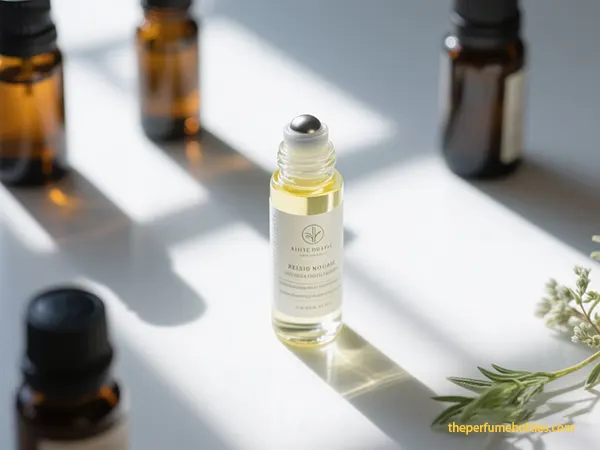
Get Free Samples
2.2. Customize configuration for different uses.
Select the appropriate glass roller bottle configuration for the product you are using:
- Essential oils: Must use amber glass, a stainless steel roller, and an LDPE gasket to protect against light and corrosion.
- CBD oil: In addition to the amber glass, it is best to add a UV protective coating to completely block UV rays and prevent potency loss.
- Perfume: Choose glass with good light transmittance (such as clear or light blue), but remind users to “store away from light.”
- Medicinal liquids: Choose glass that meets pharmacopoeial standards (such as USP Type III). The roller and gasket must also be food-grade tested to prevent impurities from leaching.
2.3. Compliance: Different Markets Have Different Rules
If you want to sell your product in different countries, compliance is a difficult obstruction, so consider the following markets:
- EU: Cosmetics require compliance with cosmetics (EC number 1223/2009). To prove packaging that no harmful substances bite, it will have to undergo extractables and fluids (E&L) tests to prove it. The total amount of heavy metals (lead, cadmium, etc.) should not exceed 100 ppm. The label should clearly describe the information of the content (INCI name), the expiration date, and the person responsible, and be available in the local language.
- US (FDA): Glass must meet food contact standards. Labels must indicate the net weight and manufacturer information. Roll-on bottles for medical products must also feature a tamper-evident design.
- UK/Canada: UK regulations are generally consistent with EU regulations. Canada requires bilingual labeling (English and French). Furthermore, Extended Producer Responsibility (EPR) must be met, meaning packaging must be recycled.
Vesseluxe glass roller ball bottles are highly compliant. Not only do they feature specialized UV-protective glass for CBD, but they also provide the test reports and documentation required by the EU and US markets, eliminating the need to go through separate compliance processes, saving both time and worry.
3. Global Sourcing of Glass Roller Ball Bottles: Where is the Best Deal?
Global sourcing isn’t about “cheaper is better.” It requires a balance between cost, timeliness, and risk, and different regions have their own advantages and disadvantages.
3.1. China: Low Costs, but Be Aware of Risks
China’s glass roll-on bottle manufacturing industry is mature and offers competitive pricing:
- Advantages: Low labor and material costs, with manufacturing costs 50%-60% lower than in North America. Glass raw materials are also approximately 40% cheaper, making this suitable for large orders seeking low prices and a long lead time.
- Disadvantages: High tariffs, America imposes 15%-25%tariff on Chinese glass bottles, which can jointly reach a total rate of 125%with counterwelling duties, significantly increasing costs.
3.2. North America: High quality but expensive, small changes
Glass roller ball bottles from North American manufacturers (eg, United States and Canada) are suitable for quality and immediate stocking:
- Benefits: Eliminating the need to worry about advanced technology, stable glass quality, and FDA compliance, milestones; Low turnaround time: Local sourcing can be reduced by 1-2 weeks, making them suitable for final-minute stocking;
- Disadvantages: High costs, with labor costs 4-5 times higher than in China. The price of the same glass roller bottle in North America can be 30%-50% higher than in China; and production capacity is limited. Some factories have orders booked until the third quarter of 2025, making urgent orders unavailable.
4. Logistics and Quality Inspection: How to Avoid Damaged Goods and Defective Products?
Glass roller ball bottles are fragile and sensitive to pressure. Failure to ensure proper logistics and quality inspection can result in losses at best and delays in market launch. These two areas require close attention.
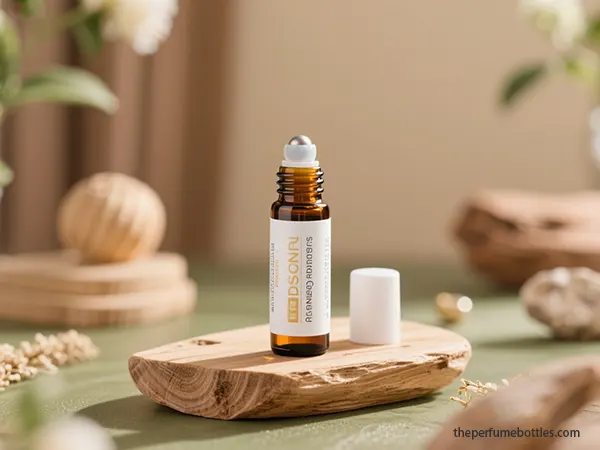
Get Free Samples
4.1. Logistics: Packaging and Shipping Must Be Tailored
- Packaging: Multiple layers of protection are essential—bubble wrap each bottle, separated by corrugated cardboard partitions (to prevent collisions), double-layer corrugated cardboard for outer boxes (for better load-bearing performance), and foam filling inside the box (to prevent sway). If shipping by sea, anti-scraper strips in the container should also be placed in the container to prevent the box from tipping during transport.
- Shipping Method: For immediate orders, choose the air freight (1-3 days to come), but the cost is high. For larger orders, choose C Fret (30–45 days), which is cheaper, but it requires an advance plan. For orders in North America and Mexico, land freight is faster and cheaper than marine goods.
- Insurance: Freight insurance is necessary. The premium is usually 0.25% -4% of the cargo value. In case of damage (eg broken bottles or leaks), you can claim compensation and reduce the loss.
5. Sustainable Procurement: How can glass roller ball bottles be more environmentally friendly?
Consumers are rapidly concerned about environmental protection. Choosing a permanent option while purchasing not only complies with rules, but also enhances your brand image. Pay attention to these two major factors.
5.1. Made from "recycled glass"
Glass Bottles is infinitely recycled, and using recycled glass (PCR) for bottles provides two major benefits:
- Environmental Benefits: Each 10% of the 10% recycled glass reduces energy consumption by 2.5% and reduces landfill waste.
- Compliance: The European Union’s “PPWR Regulation” requires 75% recycled glass packaging to recycled by 2030, and some American states also require 30% recycled glass. Applying this beginner can reduce regulatory risks.
Many manufacturers now produce roll-on bottles containing 30%-50% recycled glass. These bottles look similar to regular glass and are only 5%-10% more expensive, offering excellent value for money.
5.2. Lightweighting: Bottles Get Thinner, But Not Fragile
“Lightweighting” is an industry trend—using technology to thin the glass wall (for example, from 1.2mm to 0.8mm) while maintaining strength:
- Benefits: The weight of a single bottle decreases by 30%, the shipping cost decreases by 20% (because it can hold more), and the production energy consumption decreases.
- Note: Select manufacturers who use lightweight techniques, such as narrow neck press-blow procedure (NNPB), who produce bottles with the thickness of the same wall and oppose the rupture. Avoid inferior products that simply use thin bottles.
Also, consider refillable designs—for example, a universal bottle neck that consumers can refill after use, reducing packaging waste. Many essential oil brands are currently promoting this approach.
6. Future Trends in Glass Roll-On Bottles: What Innovations Are Worth Watching?
If you want to stay in this category long-term, you should pay attention to industry innovation. Planning ahead can help you seize opportunities. Focus on these three key areas.
6.1. Smart Packaging: Let Bottles "Talk"
- QR Codes/NFC Tags: Printed on the bottle, consumers can scan the code to view “product traceability” (e.g., raw material source, production time), “instructions” (e.g., how to dilute essential oils), and prevent counterfeiting.
- Thermosensitive Ink: The bottle is printed with a “thermosensitive pattern” that changes color if the storage temperature exceeds 25°C (essential oils are sensitive to high temperatures), alerting users to improper storage.
6.2. Customization: Customized Designs Available Even for Small Batch Production
Custom molds used to cost over 30,000 yuan, making them unaffordable for small brands. Now, flexible customization technologies are available:
- Digital Printing: Logos and designs can be printed directly on the bottle without a mold. With an MOQ of just 500 pieces, it’s ideal for small brands to experiment with.
- Specialized Designs: For example, cylindrical or square roller bottles, or silicone sleeves on the bottle neck for easier gripping, enhance product recognition.
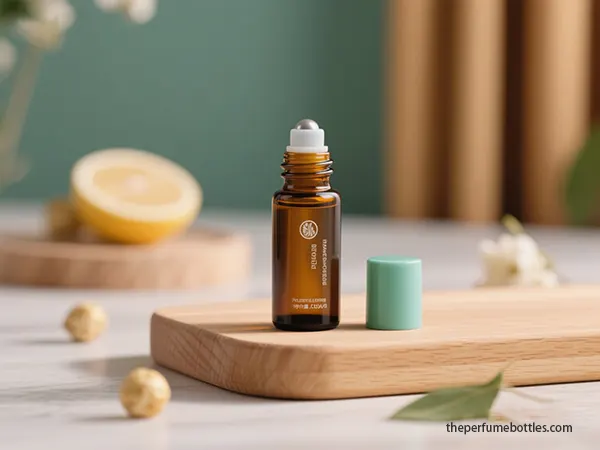
6.3. More Environmentally Friendly Materials: From the bottle to the accessories, everything is green.
- Degradable Gaskets: Made from corn starch, they naturally degrade after use, replacing traditional plastic gaskets.
- Lead-Free Glass: The European Union now requires lead-free glass, and it will become a global need in the future. While purchasing, prefer lead-free glass to stay ahead of the trend.
Comments
Product Categories
Hot Sale Bottles
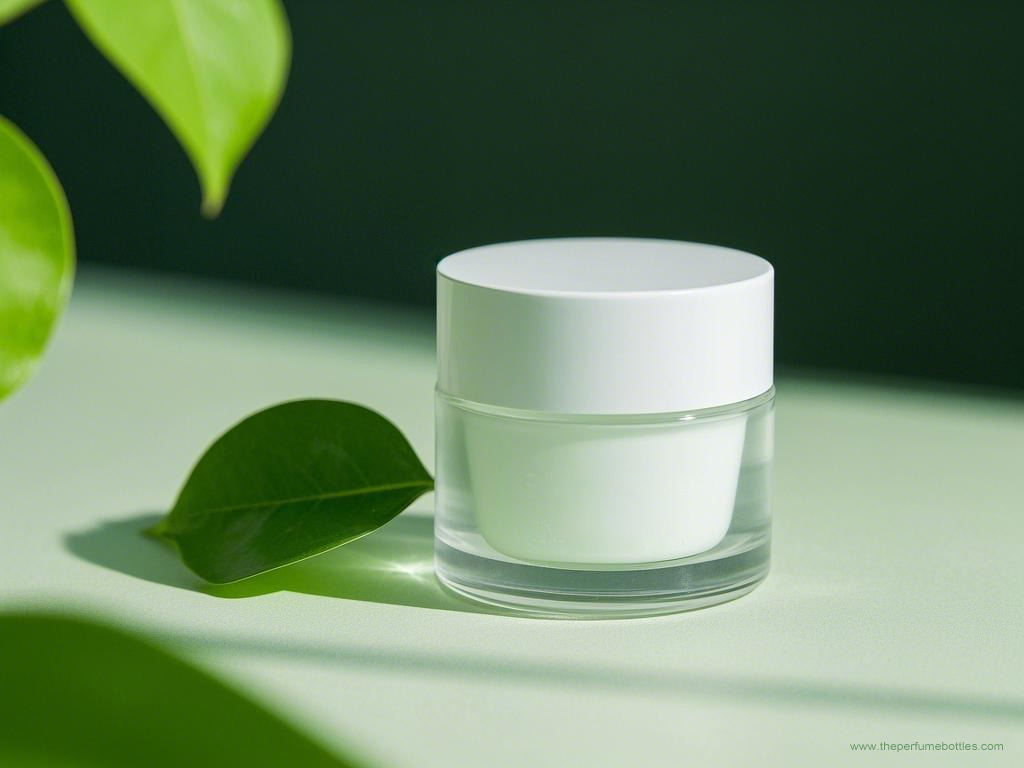
Travel Cream Jars vs. Tubes: Which is Better for Your Product
Choosing between travel cream jars and tubes can significantly impact the way your cosmetic products are packaged and perceived by consumers.
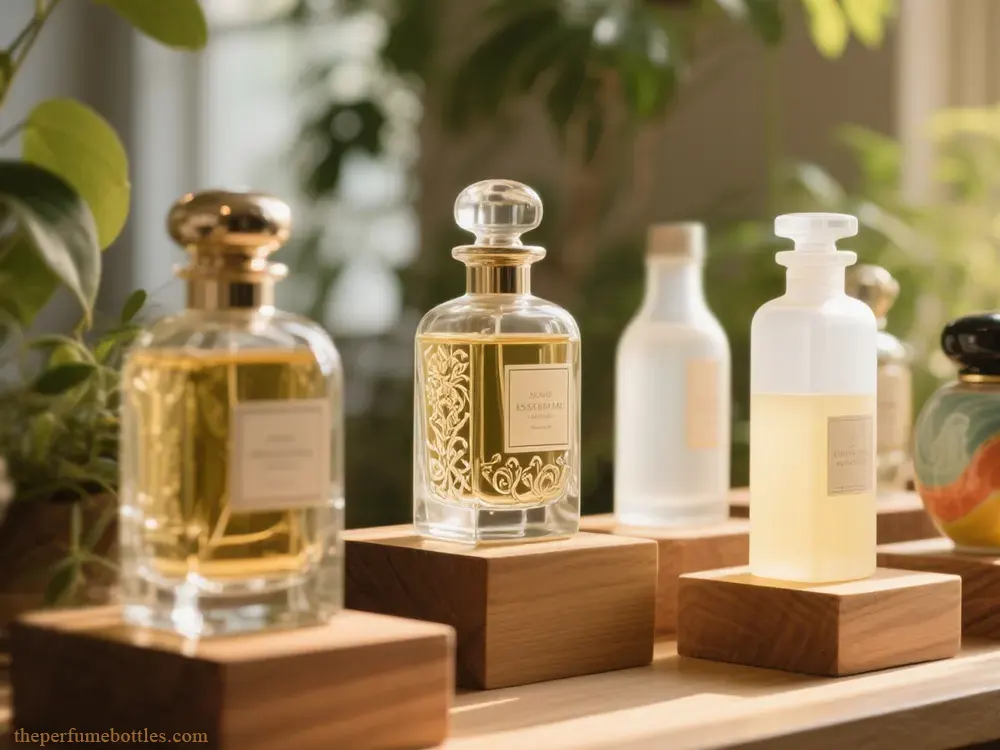
2025 Perfume Container Market Overview
The worldwide perfume container market, linked to the scent market, is fractional by product kind, material, capacity, and end-use (deluxe, mass-market, specific niche).
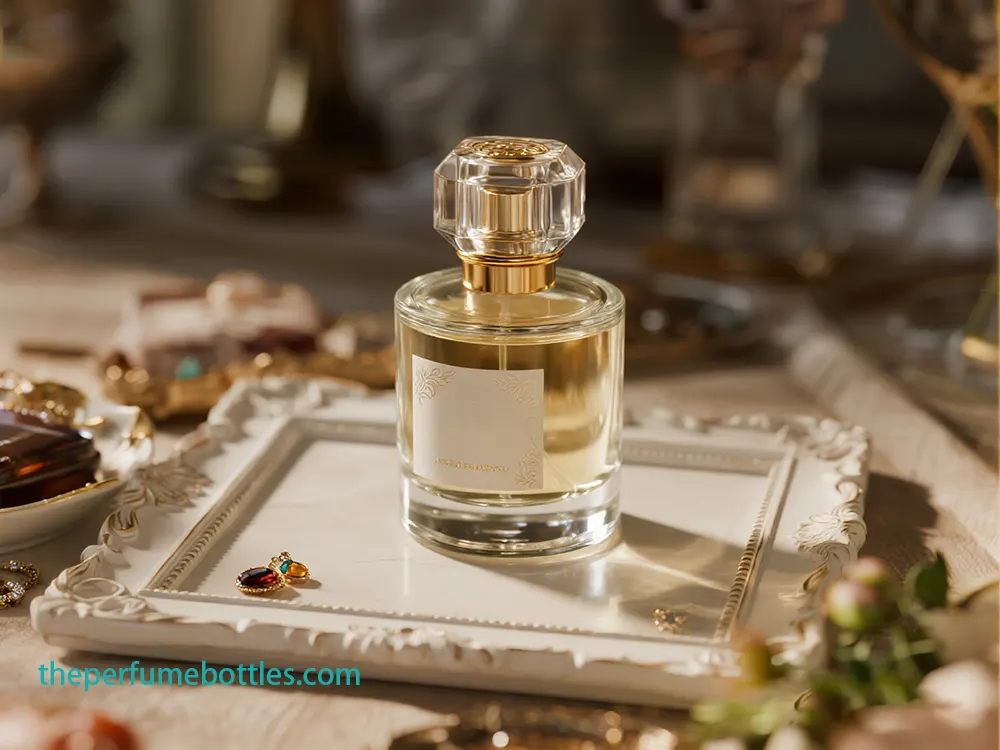
The Art and Science Behind Custom Perfume Bottles Manufacturers
Discover how custom perfume bottles manufacturers manage design, mold engineering
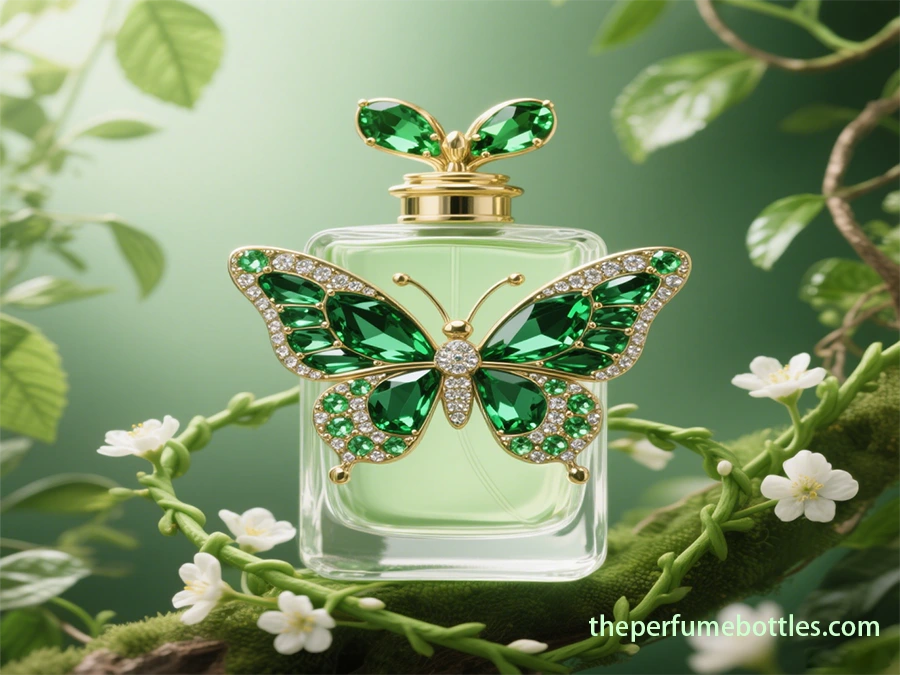
Butterfly Perfume Bottle Design & Manufacturing Guide
Discover butterfly perfume bottle design artistry, trends & materials. Expert B2B manufacturing tips for unique, standout fragrance packaging that captivates.

Avoid 5 Mistakes When Sourcing Roll On Bottles for Essential Oils
Avoid 5 mistakes when buying roll on bottles for essential oils—covering materials, rollerball quality
- +86 186 5178 1159
- [email protected]
- Mon-Sun 07:00-21:00
Tags
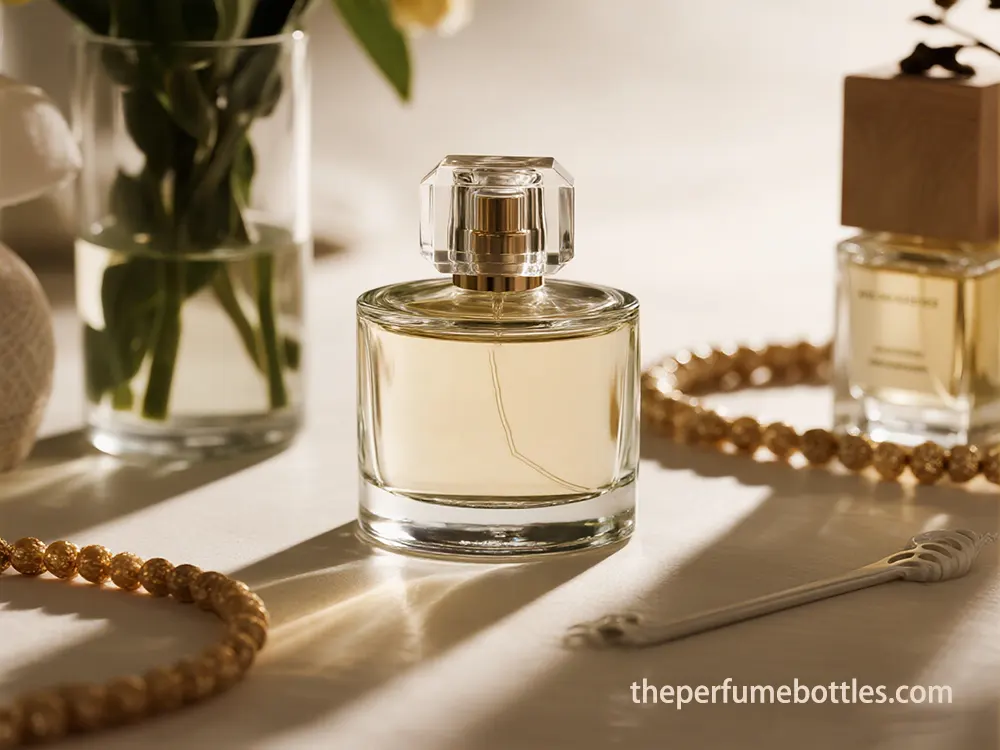
A Strategic Framework for Selecting a Glass Perfume Bottles Supplier
Find your strategic glass perfume bottles supplier with this guide, showing how the right partner boosts speed and scalable growth for fragrance brands.
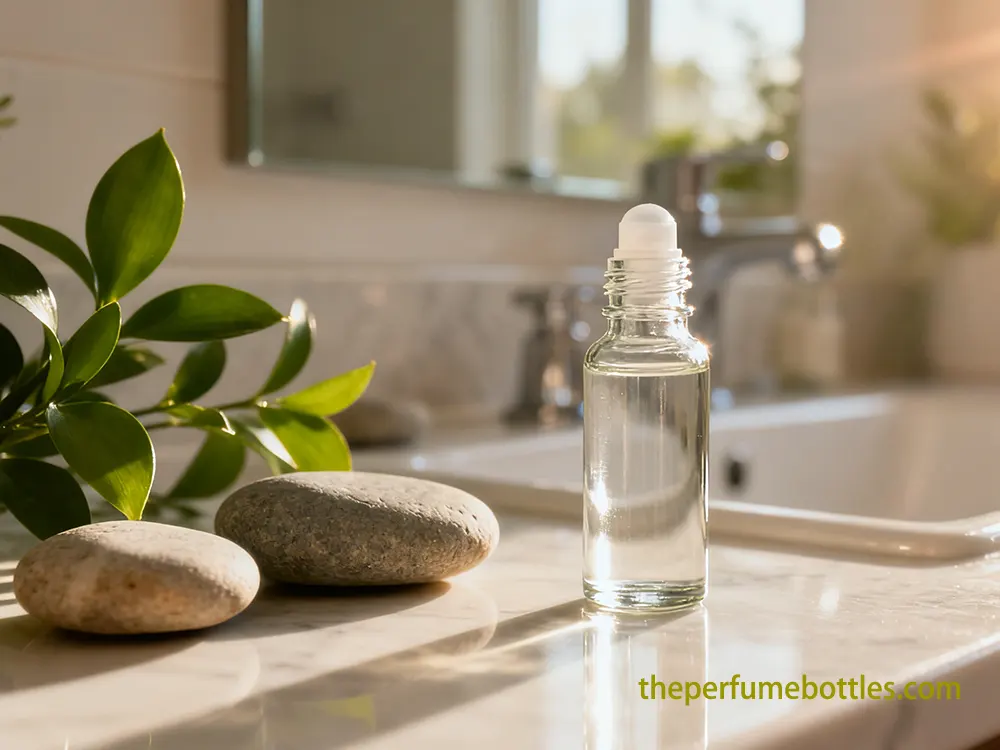
Case Study: Our Glass Roller Bottles Factory Delivered Packaging for an Essential Oil Brand
A case study on how a glass roller bottles factory solved rolling stability and thin-neck durability issues to deliver reliable, leak-free premium bottles.
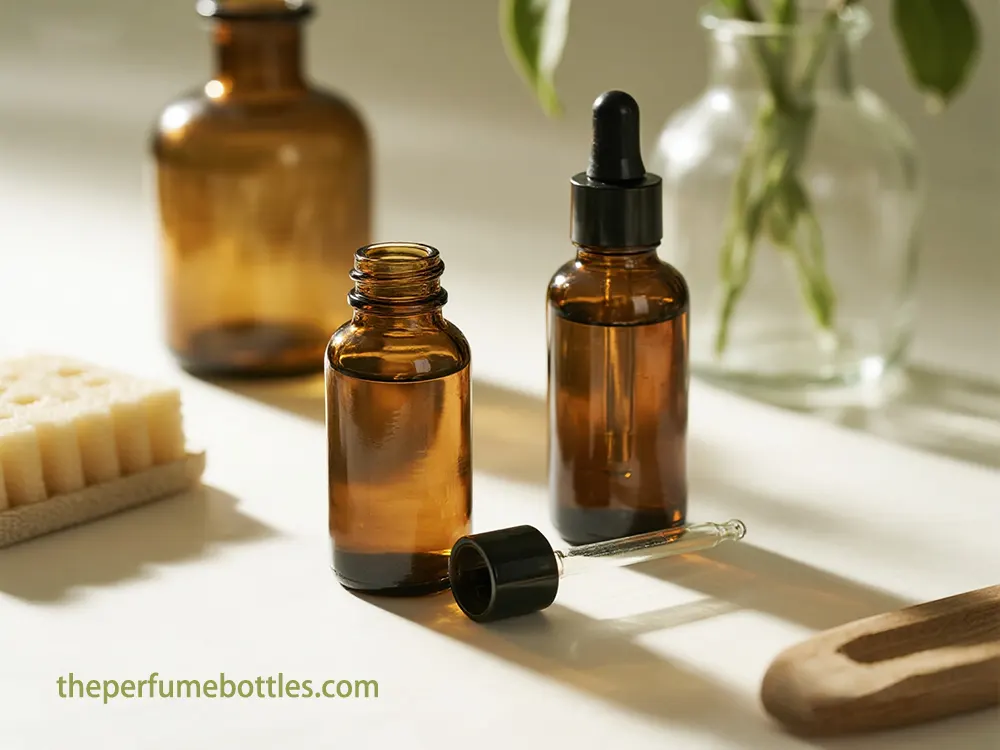
Case Study: How a Glass Dropper Bottles Factory Helped a Healing Oil Brand
A case study of how a glass dropper bottles factory helped a Portuguese healing oil brand achieve precise dosing, improved grip, and premium custom packaging.
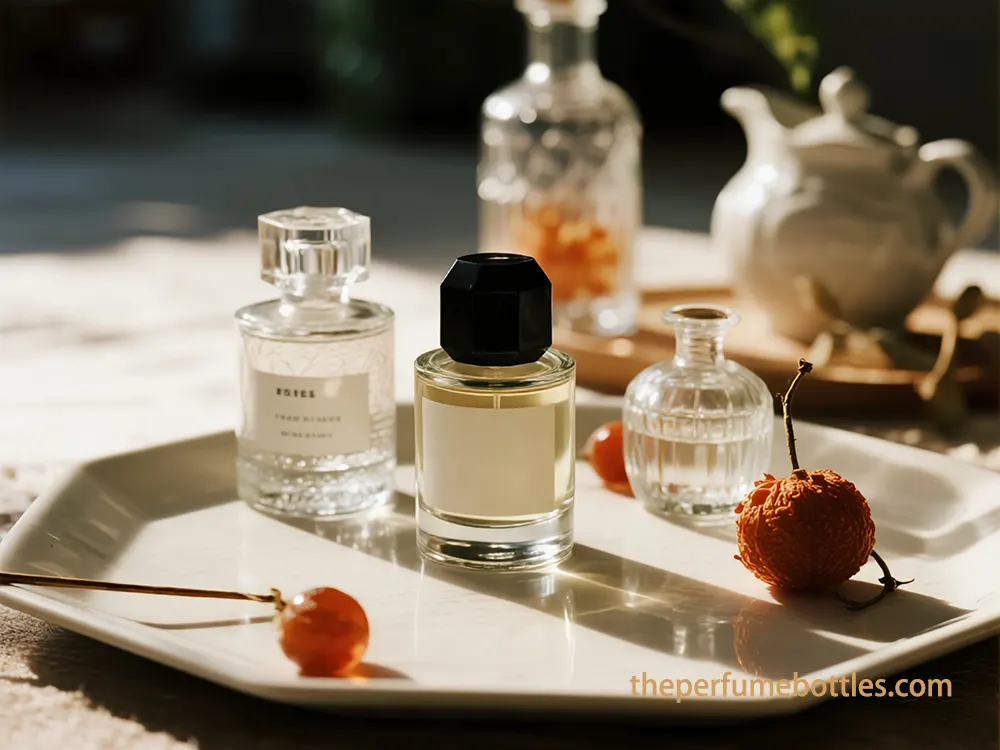
The Journey of a Fragrance from a Glass Perfume Bottles Factory and Beyond
Discover how a leading glass perfume bottles factory, advanced chemistry, and global logistics


